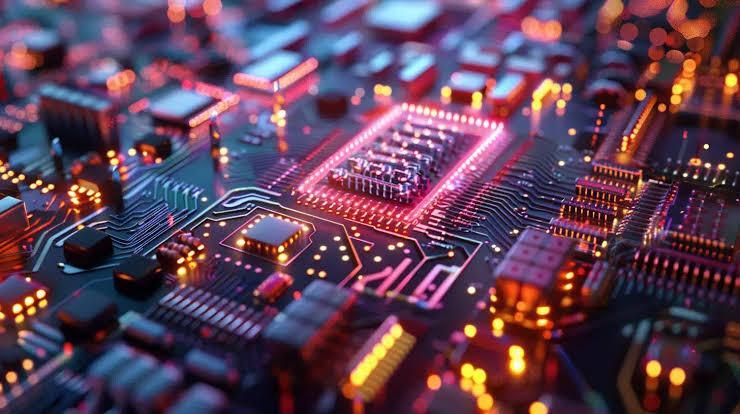The Engine of the Digital Age: Defining Computing Power

In the modern world, Computing Power is the fundamental resource that underpins nearly every aspect of our lives, from the smartphones in our pockets to the complex systems that manage global finance and scientific research. It refers to the ability of a computer or processing system to perform calculations and execute tasks, often measured in operations per second. This raw processing capability, delivered by components like Central Processing Units (CPUs) and Graphics Processing Units (GPUs), is the engine driving innovation in every sector. Reflecting its critical importance, the market for this essential resource is on a significant upward trajectory, with forecasts indicating it is set to achieve a valuation of $104 billion by 2035. This growth is propelled by a steady compound annual growth rate (CAGR) of 7% during the 2025-2035 forecast period, highlighting the world's increasing demand for more powerful processing.
The architecture of computing power has evolved dramatically to meet diverse needs. For decades, the CPU was the undisputed workhorse, designed for general-purpose, sequential tasks and excelling at running operating systems and standard business applications. However, the rise of data-intensive workloads led to the prominence of the GPU. Originally designed for rendering graphics, GPUs, with their thousands of smaller cores, proved to be exceptionally efficient at parallel processing—performing many calculations simultaneously. This makes them ideal for the demanding requirements of artificial intelligence, machine learning, and scientific simulations. Further specialization has led to the development of Application-Specific Integrated Circuits (ASICs), like Google's Tensor Processing Units (TPUs), which are custom-built to perform a single function with maximum efficiency, pushing the boundaries of what is computationally possible in specific domains.
This immense power is deployed across a spectrum of environments. The most visible is the hyperscale cloud data center, where vast server farms provide on-demand computing power as a utility (Infrastructure as a Service - IaaS) to millions of customers. This centralized model offers massive economies of scale and accessibility. On the other end of the spectrum is edge computing, a decentralized model where smaller compute resources are placed closer to where data is generated—in factories, retail stores, or even in vehicles. This approach is essential for applications that require near-instantaneous processing and low latency, such as the Internet of Things (IoT) and autonomous systems. Between these two poles lies traditional on-premises enterprise computing, where organizations maintain their own data centers for maximum control and security over their sensitive workloads.
The societal and economic impact of this ever-increasing availability of computing power is profound. It enables breakthroughs in medical research through complex protein folding simulations and genomic sequencing. It powers the sophisticated AI algorithms that optimize supply chains, detect financial fraud, and personalize consumer experiences. In the creative industries, it renders the stunning visual effects that bring blockbuster films to life and creates the immersive worlds of modern video games. As the digital transformation continues to accelerate, the demand for more potent, efficient, and specialized computing power will only grow, cementing its status as the most critical infrastructure of the 21st century and driving the technological advancements that will shape our future.
Explore Our Latest Trending Reports:
- Art
- Causes
- Crafts
- Dance
- Drinks
- Film
- Fitness
- Food
- Games
- Gardening
- Health
- Home
- Literature
- Music
- Networking
- Other
- Party
- Religion
- Shopping
- Sports
- Theater
- Wellness


